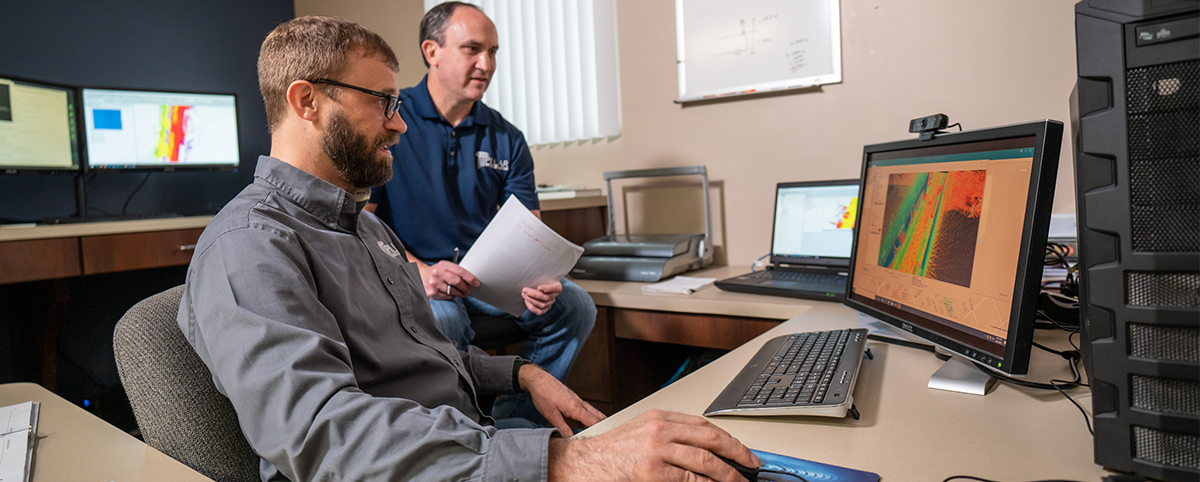In my years of being involved in the civil engineering realm, several entities, both private and public, have undervalued the information revealed and achieved from a geotechnical or subsurface investigation program.
It has been my experience that the most challenging aspects of any construction project is getting structural foundation elements out of the ground or providing a stable subgrade for various types of roadway pavements, as just a few examples.
A geotechnical investigation looks at the site subsurface for various things such as:
- Depth to rock, rock type
- Soil types and depths, their consistency (cohesive soil: clays) and/or relative density (cohesionless soils: sands)
- Water features and depths, depth to water table, seasonal estimations of water table fluctuations, capillary rise
Industry accepted techniques have been established such as Standard Penetration Tests which can be correlated to soil properties such as cohesion, angles of internal friction, and rock strengths. These values are consistently used for design of foundation systems, retaining wall systems, and slope stability analyses. Additionally, further testing of obtained samples of soil or rock can be catered to mimic in-situ conditions at the site to provide better analysis of the soil-structure interaction.
The most basic subsurface investigation can provide information for designers when performed by experienced geotechnical firms. Because of their experience local to areas where they perform their work, significant history and background of the soil and rock types has been obtained through the years.
The types of information and recommendations which can be presented are as follows:
- Allowable bearing pressures – used to design foundation sizes utilizing an allowable load transfer to the soil or rock at the bearing elevation.
- Feasibility of reusing cut material as fill and to what standard it should be compacted in a controlled fill scenario.
- Moisture conditions to be considered before, during, and after construction which can be useful in deciding long-term maintenance needs.
- Evaluation of an existing soil surface for stability characteristics prior to placement of fill material. This is especially important in deep fill scenarios.
- Anticipated depths at which rock will be encountered – which we know can be a costly endeavor if unforeseen.
Finally, it should also be noted that borings only provide information relative to where they are drilled. Significant changes in strata borings are always a distinct possibility as the nature of soil and rock in some areas can change drastically. However, information gained coupled with a geotechnical engineer’s experience can often mitigate these concerns substantially, or at least disclose the potential scenarios.

